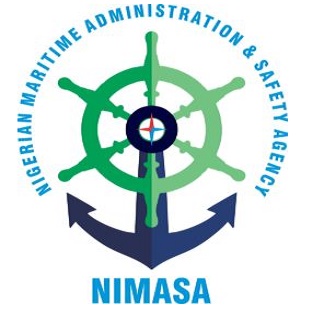West Africa Automotive Show 2025: Piecing Together Nigeria’s Automotive Future – Abike Akintuyi Awojobi
- AviationMaritimePipelineRailwayRoad
- June 12, 2025
- No Comment
- 250
As I navigated the bustling halls of this year’s West Africa Automotive Show (WAAS), I found myself reflecting on how far this event has come since its debut in the Nigerian transportation sector. What began as a conventional trade exhibition has gradually evolved into something more significant, a rare convergence point for Nigeria’s fragmented automotive ecosystem. Inside the hall, the energy was palpable: manufacturers in intense discussions with local mechanics, spare parts dealers comparing notes with international suppliers, and regulators engaging with aftermarket specialists.
Walking through the vibrant booths, a mix of indigenous and foreign exhibitors, I found myself searching for signs of the progress the Nigeria’s transport sector have made in advancing for safer vehicles , cleaner energy and home grown solutions to road safety, logistics and mobility issues. And yes, I have a bias for narratives that spotlight such. With years of crafting safety campaigns for computerised vehicle inspection services and promoting roadworthy vehicles, I am inundated with data and reports that speaks to the alarming prevalence of substandard spare parts in the country that has led to many avoidable fatal road traffic crashes resulting in serious injuries and numerous deaths.
At this year’s WAAS’s edition, I’d hoped to spot the flashy innovations – the EV prototypes or AI diagnostics that dominate global auto shows. Perhaps I missed them, overshadowed by more immediate concerns. What dominated my observations instead were practical solutions: established OEMs demonstrating maintenance protocols, quality lubricant manufacturers educating mechanics, and accessory providers showcasing durability-tested products. For a market where counterfeit parts and poor maintenance contribute significantly to our road safety crisis, these vital displays might actually represent the most meaningful showcase of the event.
My perspective comes from years of straddling both the technical and policy sides of this industry. Having attended countless conferences where grand visions for transport transformation crumble against implementation realities, I’ve learned to spot the difference between performative dialogue and substantive engagement. At WAAS, certain interactions stood out, intense discussions between exhibitors and participants. I am convinced that what makes WAAS uniquely valuable is how it gathers these passionate stakeholders in one space. Where else would you find The Automobile Spare Parts and Machinery Dealers Association, ASPMDA, comparing notes with OEM quality assurance teams? Or how else could the National Automotive Design And Development Council, NADDC’s regulatory vision be stress-tested against the practical realities as amplified by AUTOMEDICS’ desire for standardised approach to vehicle maintenance? These collisions of perspective, when sustained beyond the event’s three-day frenzy, could genuinely move the needle on sector-wide challenges.
The show’s real test will come in the months ahead. Will the quality-conscious lubricant manufacturers follow through on their commitments to educate more workshops? Will the foreign exhibitors be willing to harness the business opportunities that abound and make tangible investments in the country, improving local contents and creating more jobs? Can the entire conferences conversations be converted to enforceable standards? As someone who has seen promising starts fizzle out before, I temper my optimism with caution.
Yet WAAS 2025 left me with cautious hope. Not because of any single revolutionary product or policy announcement, but because of the growing critical mass of stakeholders who clearly share a vision for a better-regulated, higher-quality automotive ecosystem. Their presence and persistence at events like this suggest that Nigeria’s automotive transformation, when it comes, won’t arrive as a sudden disruption, but as the cumulative result of many such deliberate, collaborative efforts.
The road ahead remains long, but WAAS continues to prove its value as perhaps the only platform where all parts of Nigeria’s automotive ecosystem ,from global OEMs to roadside mechanics, can align their efforts. For those of us who’ve spent years pushing for change from our various corners, that alone makes it worth attending. The challenge now is ensuring these connections and conversations translate into the systemic changes our vehicles, our roads, and ultimately our citizens deserve.





